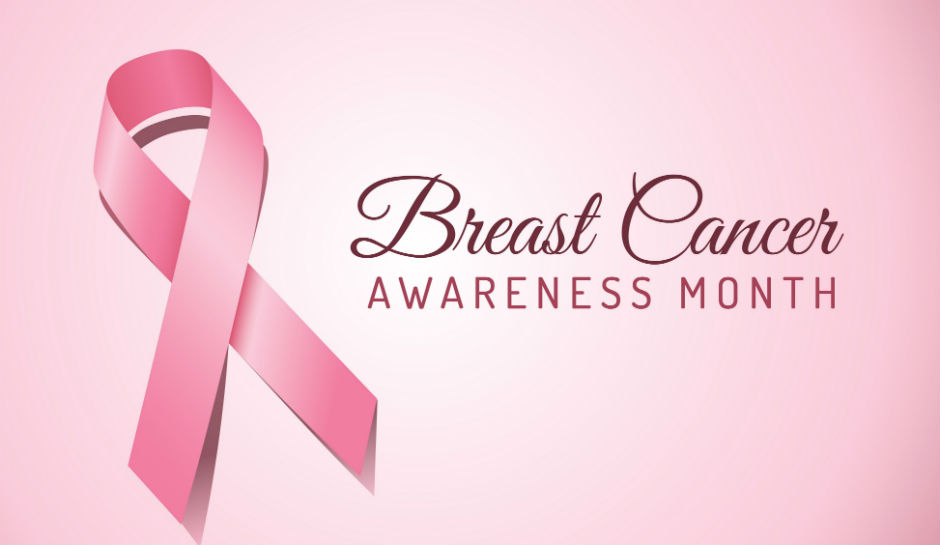News
Breast Cancer Awareness Month
October 1, 2020
Breast cancer is the most diagnosed cancer in Australia. It develops when cells within the breast grow abnormally and multiply to form a tumour. The good news is breast cancer contained within the breast is now largely treatable. Since 1994, the five-year survival rate has improved from 76% to 91%. Early detection provides the best chance of survival, so it’s important to know the risk factors and symptoms, and to get regular screening if appropriate.
Australian Statistics
- Over 200,000 women are living with breast cancer
- 55 women are diagnosed every day
- 1 in 7 women will be diagnosed in their lifetime
- Breast cancer incidence has increased 38% in the last 10 years.
Risk Factors
Common risk factors that we have no control over include being female, getting older and a family history of breast cancer. Modifiable lifestyle factors that increase your risk of breast cancer include:
- Being overweight and obesity
- Being physical inactive
- Drinking alcohol
Having children, breast feeding and physical activity are linked to a reduced risk of breast cancer.
iPrevent is a comprehensive, online breast cancer risk assessment tool designed to facilitate prevention and screening discussions with your GP. For more information visit petermac.org/iprevent.
Symptoms
Be aware of how your breasts normally look and feel so that you can identify any unusual changes. Symptoms of breast cancer include:
- A lump or thickening, especially if it is only in one breast
- Changes to the shape or size of your breast
- Changes to the shape of the nipple, such as crusting, sores or ulcers, redness or inversion
- Changes to the skin of the breast, such as dimpling, a rash, scaly appearance, unusual redness or other colour changes
- Fluid leaking or discharge from the nipple that occurs without squeezing
- Persistent, unusual pain that doesn’t go away
- Swelling or discomfort in the armpit.
If you have noticed any symptoms or changes, see your general practitioner for a physical examination. And remember, if you do find a lump, that doesn’t automatically mean you have cancer. Most lumps are benign.
Screening
Mammograms
A mammogram is an X-ray picture of the breast. Screening mammograms find breast cancers before they can be seen or felt.
Women over 40 are entitled to free mammograms every two years via the national breast screening program: BreastScreen Australia. You can book online: breastscreen.nsw.gov.au or phone: 13 20 50.
MRI
Women under 50 years identified as high risk of developing breast cancer are eligible for routine screening with MRI. To access this service, you will need to be referred by your GP or specialist.

